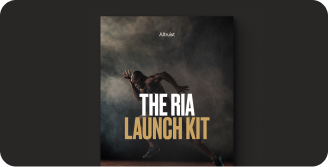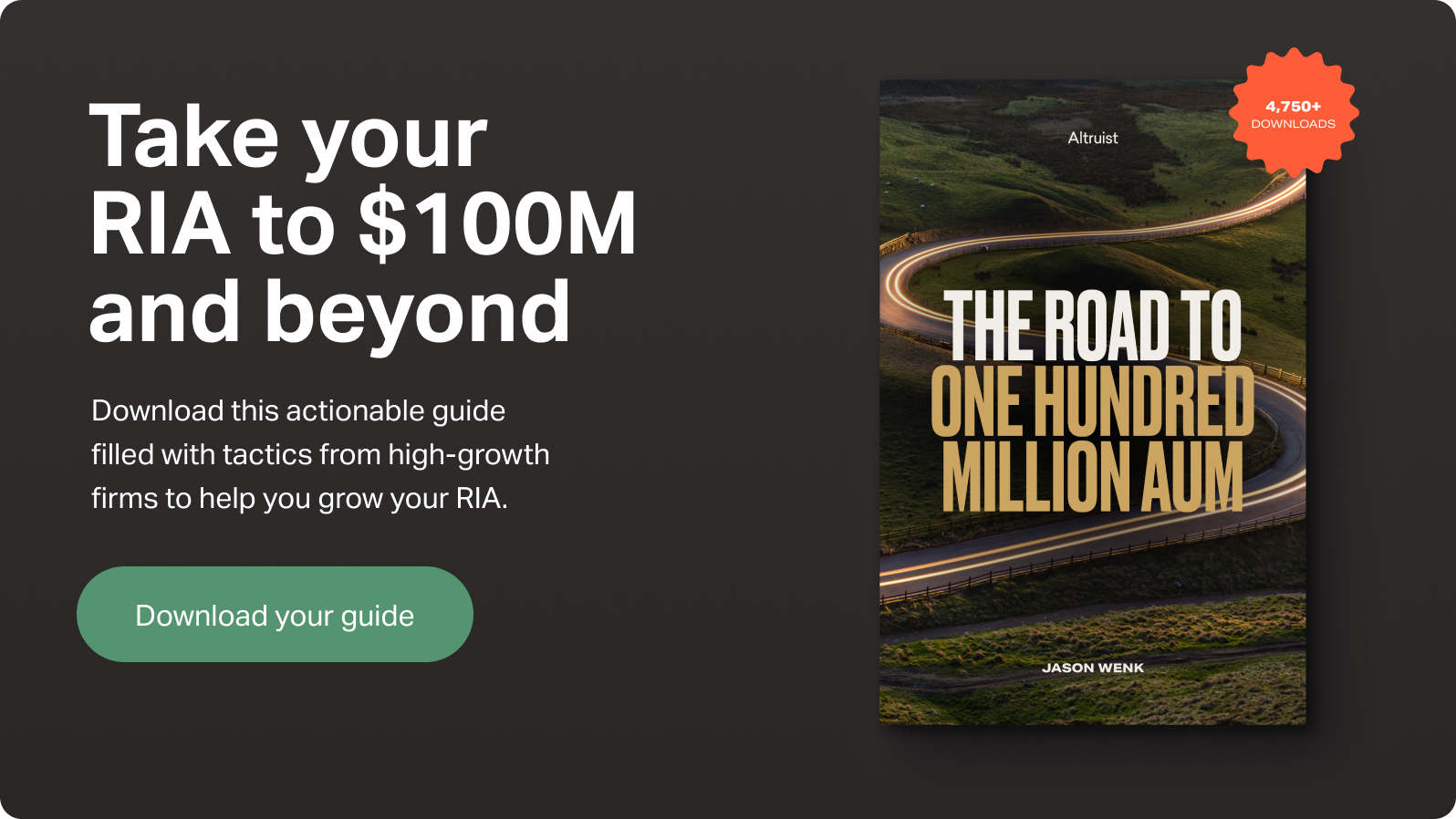In a time where physically connecting is a challenge, it’s no surprise that voice has become one of the most popular forms of communication. In fact, there are 850,000 active podcasts and more than 30 million podcast episodes.
Across industries, podcasting is quickly becoming a favorite channel to deliver content among marketers right now — and because of its wide reach and popularity, many financial advisors are starting to try their hand (or voice) at it.
Before we dive into how to kick off your own podcast, let’s define exactly what we mean when referring to podcasts. Basically, a podcast is an audio broadcast delivered in a streaming format online, to your mobile device, or via a network. What makes this type of programming unique (and popular) is there is no visual component to it — which makes tuning in relatively easy, relaxing, and can usually be paired with other activities, like commuting, cleaning, cooking, etc.
This is why I was so excited when I had the opportunity to sit down with Mike Policar, host of the Fifteen Minute Financial Advisor podcast and founder of NGP Financial Planning, to discuss how he got his start with podcasting — and what he recommends for financial advisors who are just starting with this channel.
For Mike, who holds a degree in Communications and worked in the broadcasting industry prior to financial services, a natural progression of his career path was to start a podcast. Once he became an advisor, he was looking for a way to connect with his ideal client profile in an intimate setting.
Enter podcasting. He was able to communicate with a mass number of people (in a short amount of time) in a way that felt like he was having many one-on-one conversations. With his successful podcast, Mike’s been able to gain additional exposure as a financial expert, engage with prospective clients, and even bring on new clients. Now he encourages fellow financial advisors to use their voice — via telephone, video, online conferencing, and podcasts — to their niche clientele.
So how can financial planners get started with podcasting?
One of the best places to begin is to figure out what topics are important to your ideal client profile. Instead of covering general industry themes and trends, it’s best to drill down into what matters to your clients and create content that specifically speaks to them. Producing this type of content will also enable potential clients to feel like they know who you are and your unique approach to financial planning.
Once you nail down a topic, the next step is to layout your episode format. Will you be conducting interviews? Will you be hosting a panel, speaking to a guest, or doing a monologue? What will be the flow for each episode?
For Mike’s podcast, he limits his episodes to 15 minutes, which means he needs to stay on track. His format for each episode is the following:
-
- Topic: Identify a unique theme for the episode
- Why: Explain the importance of it to the listener, specifically how it impacts them
- Proof: Share real-world examples that speak to the topic
- What next: Action steps for the listener to take
- Topic: Identify a unique theme for the episode
By having a formulaic approach to developing content, you’re less likely to get overwhelmed and fatigued with a new strategy. More so, this will keep you on track, on time, and on topic, as you speak to your audience. Best of all, this formula to developing podcast episodes can also be applied to various forms of content such as video, blogs, and more.
So, after you’ve defined what your podcast is about and how it will run — what’s next?
Just get started! You don’t need a large investment or fancy equipment, all you need is a mic. Even if it’s just using the voice memo app on your phone, start recording and then figure it out along the way. It will morph and change from the first session, but once you start, you’ll naturally find your own flow, what you want to talk about, and how you want to share it.















